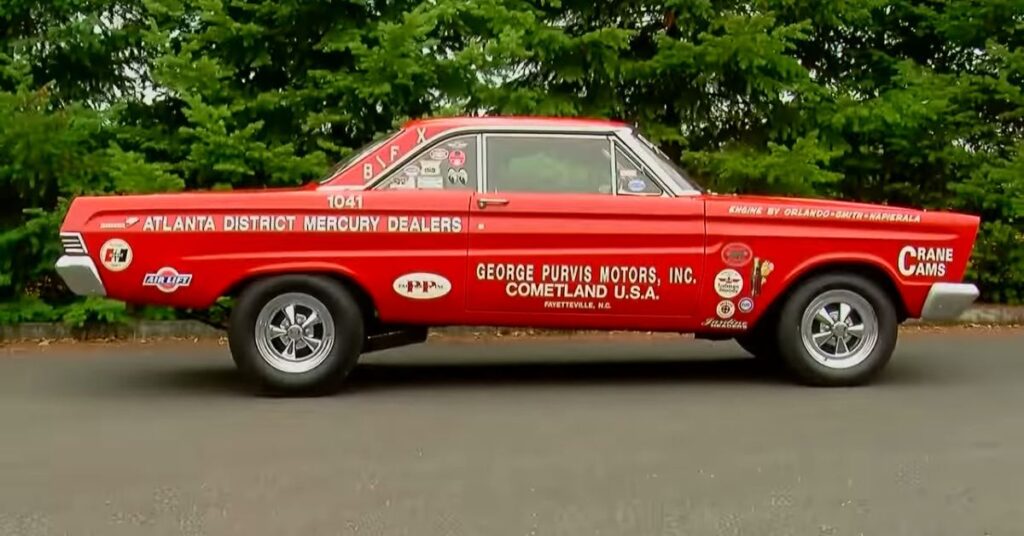The 1965 Mercury Comet B/FX holds a special place in the hearts of vintage drag car enthusiasts. In the mid-1960s, drag racing reached its pinnacle of popularity, and this specially built lightweight drag racing machine emerged as one of the formidable contenders in the NHRA B Factory Experimental (B/FX) class. In this article, we’ll explore the history and unique features of the 1965 Mercury Comet B/FX, its success on the drag strip, and its lasting legacy in the world of muscle cars.
The Rise of Drag Racing in the 1960s
During the 1960s, drag racing captured the imagination of car enthusiasts across the United States. The adrenaline-fueled sport pitted powerful machines against each other in head-to-head battles of speed and acceleration. It was a time when automakers realized the promotional value of racing victories, and the phrase “What wins on Sunday sells on Monday” became a mantra for many.
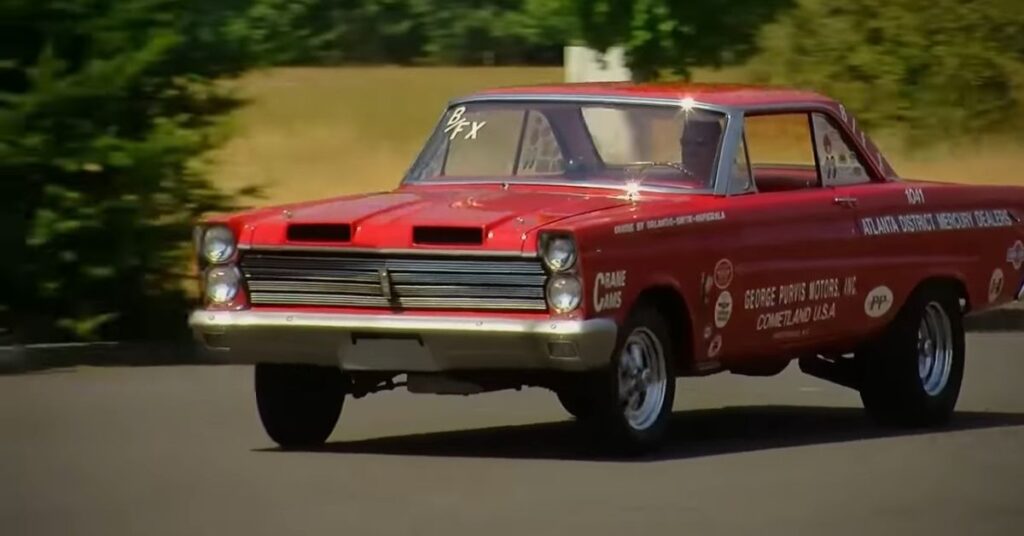
In 1965, the NHRA introduced the B Factory Experimental (B/FX) class, which offered an alternative to the more radical AFX (Altered Factory Experimental) cars. While the AFX class allowed for altered wheelbases and custom elements, the B/FX class retained a more stock appearance. This class provided an opportunity for dealerships and groups of dealerships to promote themselves through racing, attracting customers to their showrooms.
Dealerships and Racing Sponsorship
The success of a racing car often translated into increased sales for the dealership that sponsored it. Many dealerships seized this opportunity and actively campaigned specially prepared cars to draw crowds to their showrooms. One such group sponsorship was the Atlanta District Mercury Dealers, with George Purvis Motors in Fayetteville, North Carolina, leading the charge. The link between the dealership and the iconic Coca-Cola brand, based in Atlanta, was further reinforced by the presence of a Coke bottle decal on the car.
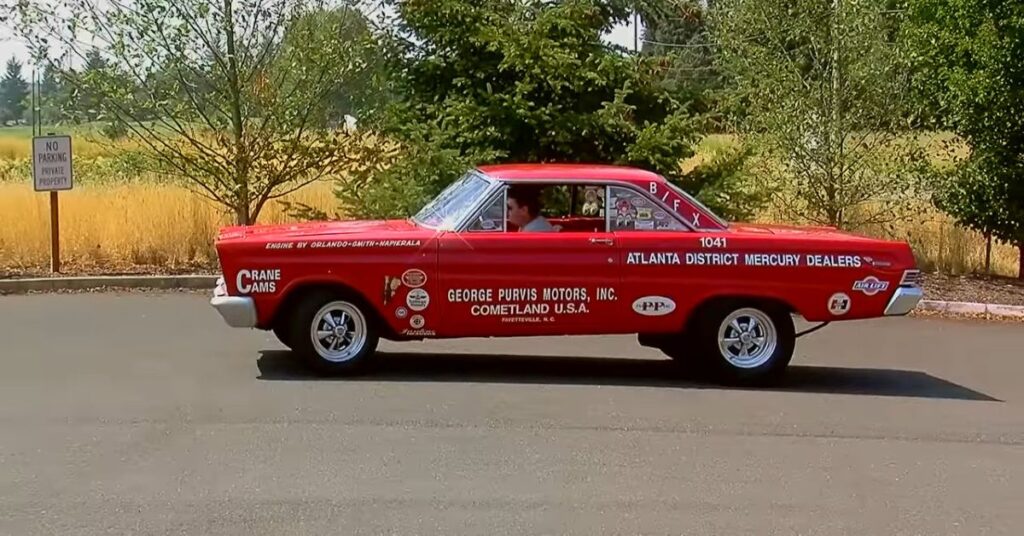
The 1965 Mercury Comet B/FX featured in the Muscle Car Of The Week video episode #120 was one of the 15 B/FX cars produced. It was the second-to-last car to come out of Bill Strop Ford in Los Angeles. The B/FX class had specific regulations regarding power-to-weight ratios, with a minimum requirement of nine pounds per cubic inch. The B/FX Mercury Comet, powered by a hyped-up 289 cubic inch V8 engine, showcased impressive performance on the drag strip.
Specifications of the B/FX Mercury Comet
The B/FX Mercury Comet was delivered from Strop with a high-performance 289 V8 engine equipped with a single four-barrel carburetor, open Jardine headers, a top loader four-speed transmission, a Ford nine-inch rear end with a Detroit Locker locking differential, heavy-duty springs, and large traction bars to prevent leaf spring wrapping. These cars were capable of producing up to 395 horsepower at 7,000 RPM.
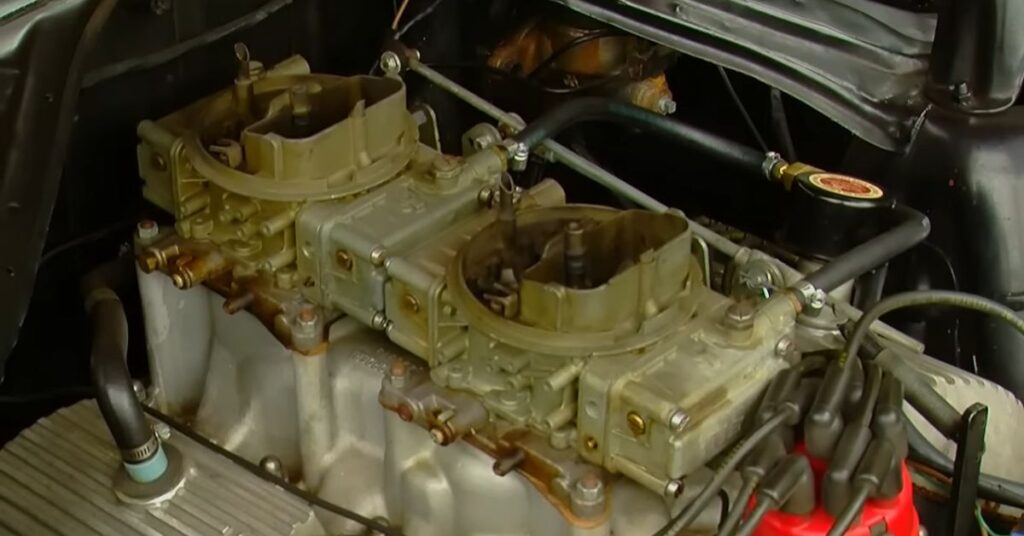
Despite being small-block cars, the B/FX Mercury Comets proved their mettle against their big-block counterparts, such as the Ford Thunderbolts running the 427 V8 engines. Their lightweight construction allowed them to be competitive, with some B/FX Mercury Comets achieving remarkable quarter-mile times. The example showcased in the video had achieved a time of 11.37 seconds at 122.8 mph, which was a remarkable feat for a 289-powered car.
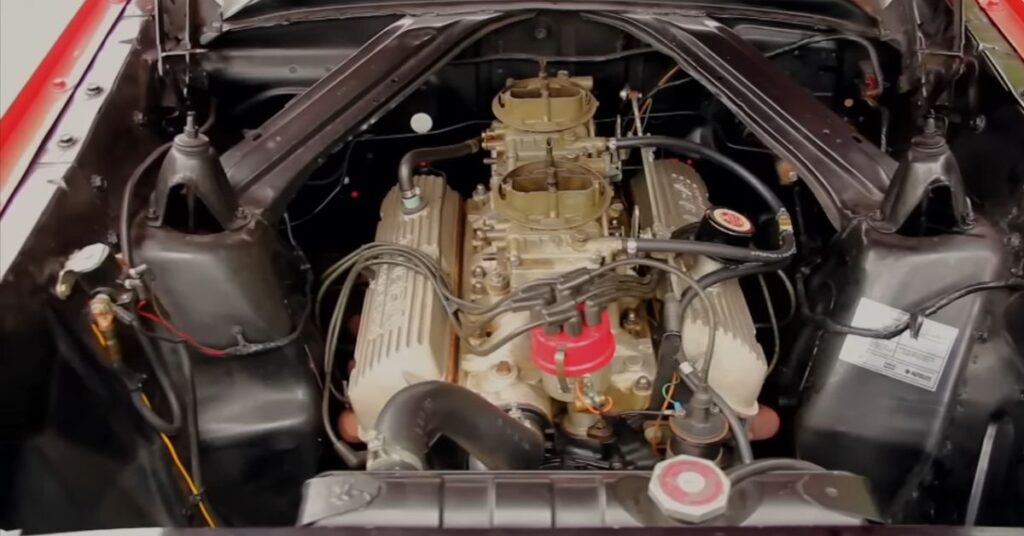
Lightweight Modifications for Speed
To enhance the performance of the B/FX Mercury Comets, a significant modification was the replacement of heavy body panels with lightweight fiberglass versions. The hood, bumpers, fenders, doors, and even certain interior components were meticulously crafted from fiberglass materials. This strategic weight reduction not only improved the car’s power-to-weight ratio but also enhanced its overall agility and responsiveness on the race track. Despite maintaining some semblance of its original appearance, the B/FX Mercury Comet was unmistakably tailored for the world of racing, with the fiberglass components serving as a testament to its purpose-built nature.
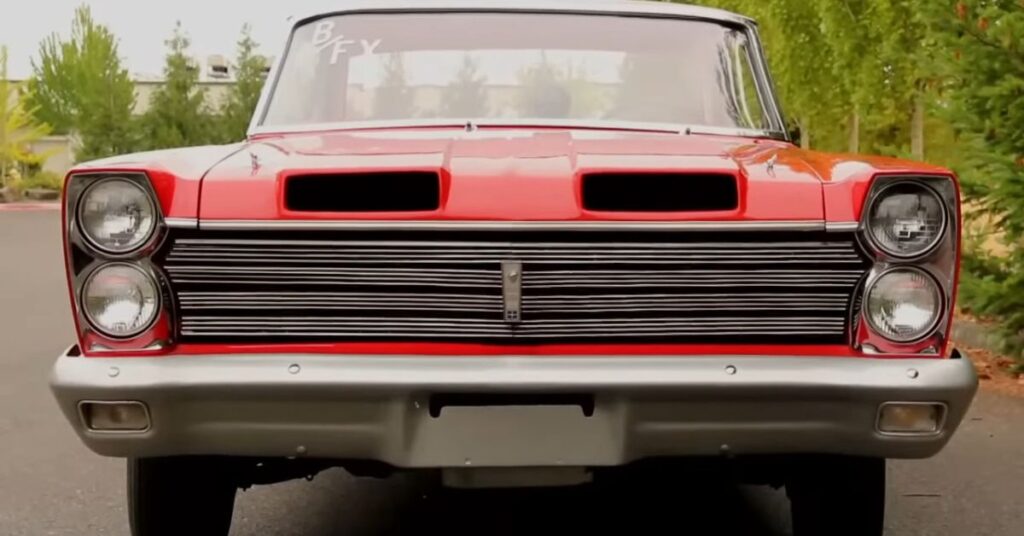
The incorporation of fiberglass body panels allowed the B/FX Mercury Comets to shed unnecessary weight without compromising structural integrity. The use of these lightweight materials was a common practice in the pursuit of speed and performance. By replacing the original steel components, the car’s overall mass was significantly reduced, resulting in improved acceleration, handling, and aerodynamics. The meticulous attention to weight reduction showcased the dedication of the builders and the commitment to maximizing the car’s potential on the drag strip.
The Unconventional Interior
The interior of the B/FX Mercury Comet featured a captivating blend of race car components and subtle nods to its stock heritage. Despite its fierce racing capabilities, the interior design incorporated certain elements to evoke a sense of familiarity. For instance, the presence of carpeting, a color-matched dashboard, and doors resembling those found in a regular Comet aimed to create a connection with its street car counterpart. However, these seemingly familiar components were predominantly constructed using lightweight fiberglass materials, contributing to the overall weight reduction of the vehicle.
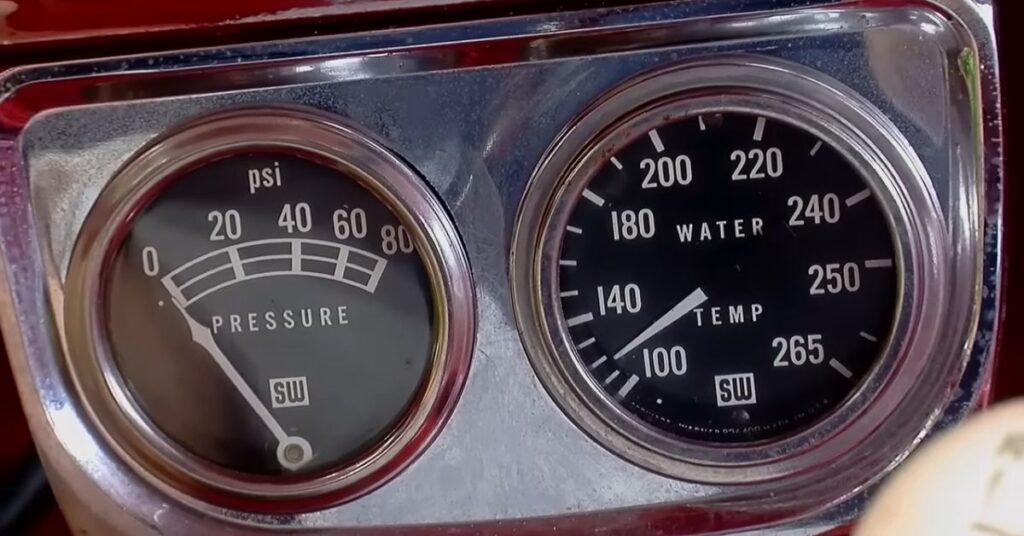
In line with its purpose as a dedicated racing machine, the B/FX Mercury Comet deliberately omitted certain amenities typically found in street cars. The absence of a radio and heater emphasized the car’s singular focus on performance and weight reduction. Another noticeable absence was the removal of the back seat, further enhancing the car’s streamlined and race-ready configuration. These modifications allowed for improved weight distribution and a lower center of gravity, optimizing the Comet’s overall performance on the drag strip.

Despite the race-oriented modifications, some elements of familiarity were present in the B/FX Mercury Comet’s interior. Window cranks and a production-looking steering wheel were notable features that provided a connection to its street car origins. While the Comet’s interior primarily served the purpose of enhancing performance, these subtle nods to its stock heritage added a touch of familiarity and highlighted the dual nature of the car as both a purpose-built racing machine and a member of the Mercury Comet family.
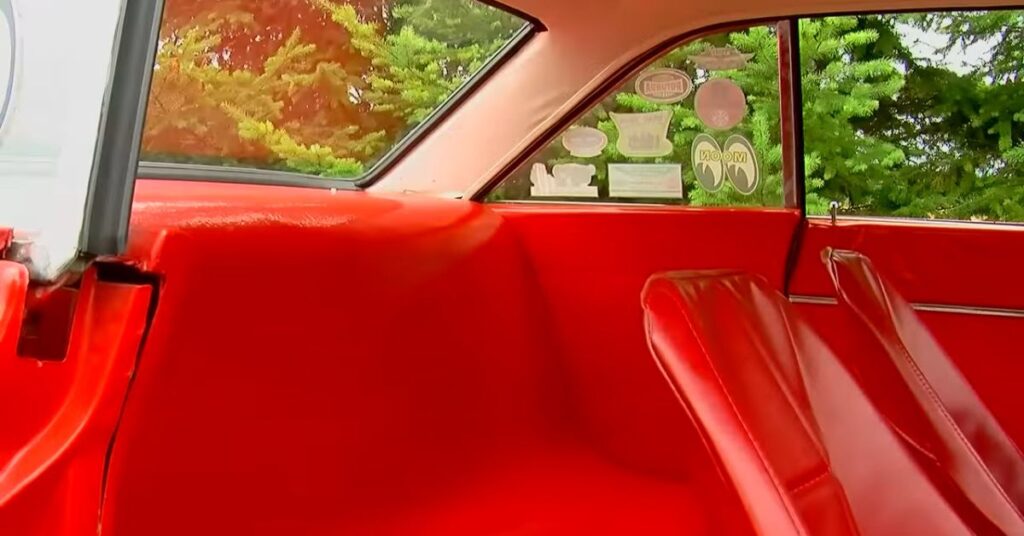
The Legacy of the 1965 Mercury Comet B/FX
The 1965 Mercury Comet B/FX, with its limited production and impressive performance, holds a significant place in the annals of muscle car history. These specially built drag racing machines quickly became the object of desire for drag racing enthusiasts and collectors alike. The success of the B/FX Comets on the drag strip not only solidified their reputation as formidable competitors but also showcased the marketing strategy of dealerships at the time. By utilizing racing as a promotional tool, dealerships effectively demonstrated the power and performance of the vehicles they had available, driving traffic to their showrooms and increasing sales.

Even today, the 1965 Mercury Comet B/FX continues to captivate automotive enthusiasts and serve as a symbol of an intriguing era. These rare and sought-after vehicles represent a time when dealerships embraced the allure of racing, using it as a means to not only showcase their products but also establish their presence in the competitive automotive market. The legacy of the B/FX Comets endures as a testament to the blend of power, performance, and marketing ingenuity that defined the muscle car era.
Conclusion
The 1965 Mercury Comet B/FX stands as a testament to the ingenuity and competitiveness of the drag racing scene in the mid-1960s. Its stock-like appearance combined with lightweight modifications and powerful small-block engines made it a force to be reckoned with on the drag strip. The B/FX Mercury Comet continues to captivate car enthusiasts with its unique blend of performance and nostalgia.
